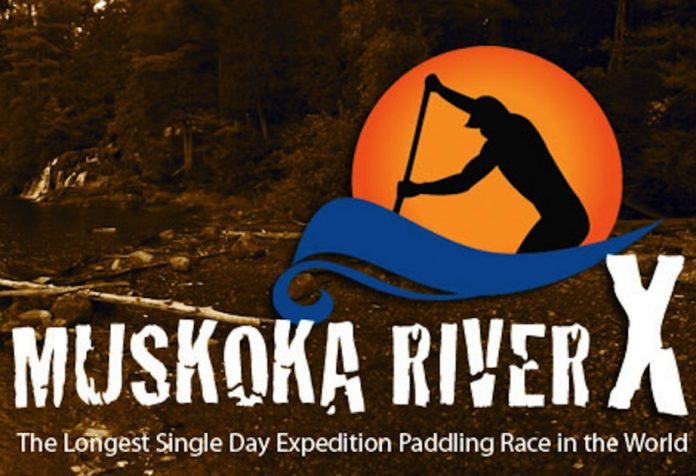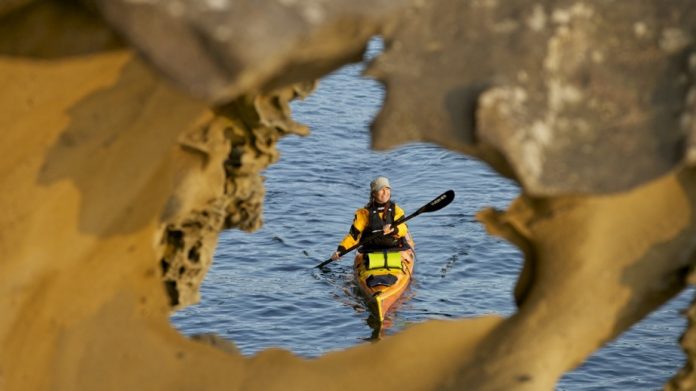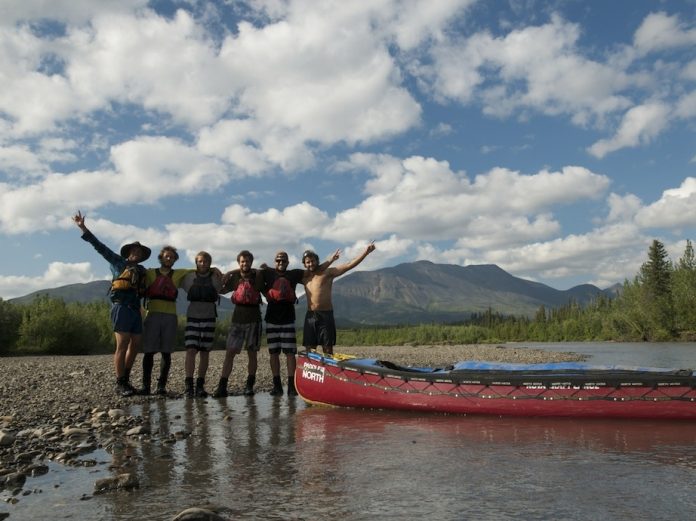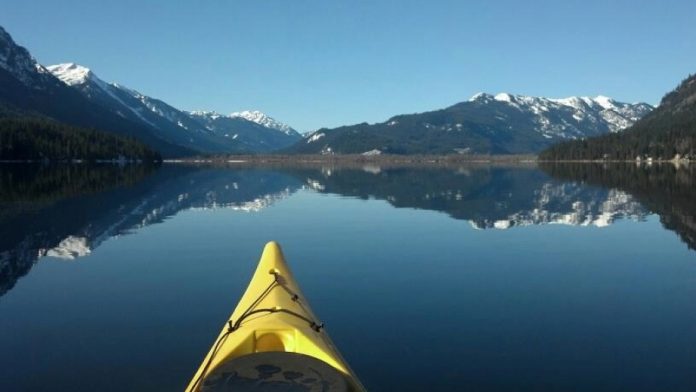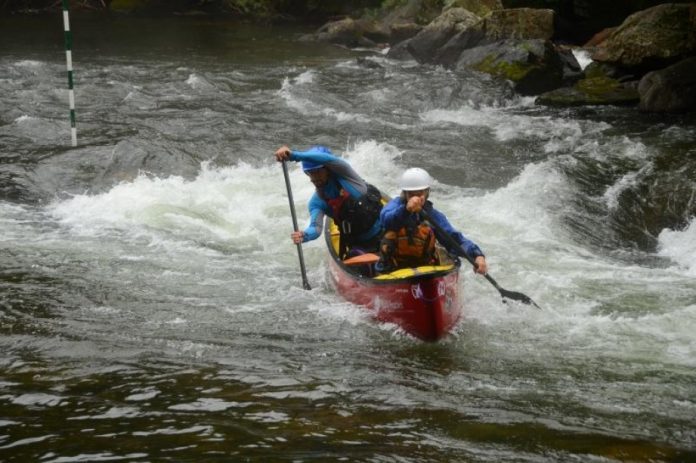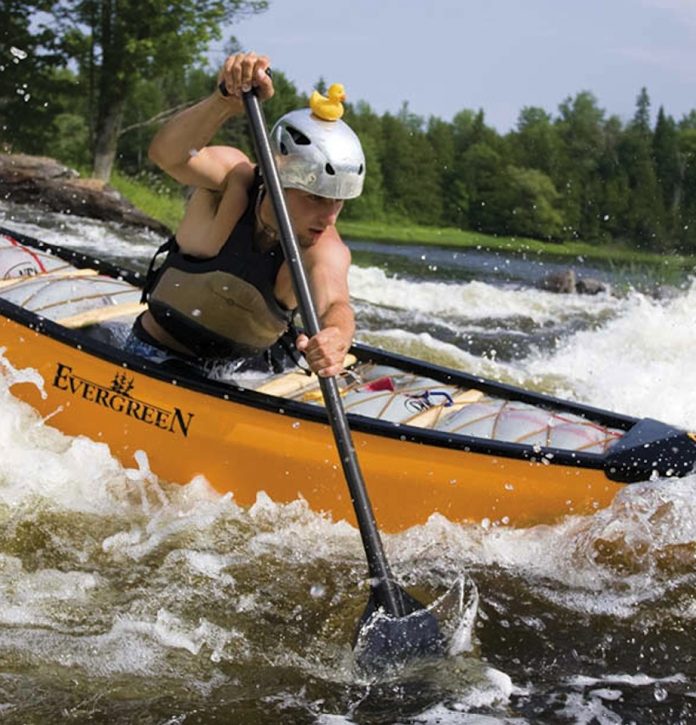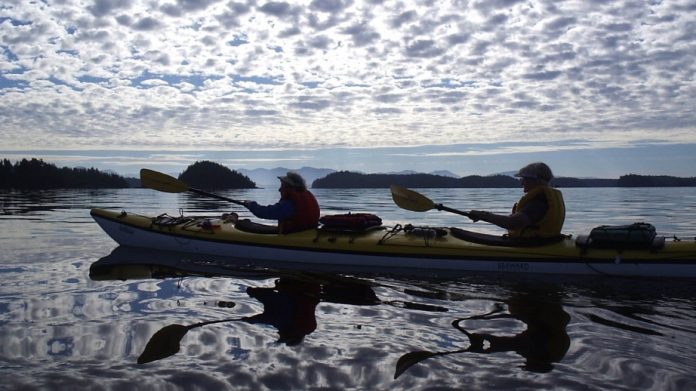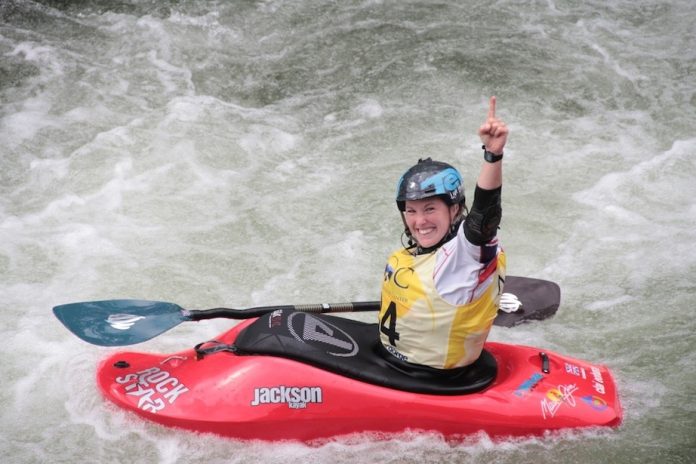Tomorrow marks the first running of the longest, single day expedition-paddling race in the world. We expect it’ll also be one of the hardest.
The Muskoka River X will see canoes, kayaks and one lonely SUP traverse 125 kilometers in 24 hours. Participants will race around the clock to cover four lakes, two rivers systems and 19 portages. Navigation is by topographic map and compass only and all teams must be self-supported.
Paddler Steve Varieur will be paddling a solo canoe. While he’s no stranger to adventure races, having competed in the Yukon River Quest twice, this is his first significant solo race. He filled us in on what he’s expecting on race day.
“The race is not merely a paddling race but combines key elements of adventure racing, which bring out new challenges. Teams receive no outside support, there are no aid or resupply stations and teams must remain self-sufficient throughout the entire course,” says Varieur. All variables, including food, hydration, shelter, how to deal with changing weather, injury and gear failure, all have to be considered beforehand.
Varieur expects to meet the most challenging section of the course in the dark. “Racing in the dark, or even just paddling in the dark for that matter, is a very unique experience. The rapids above Bracebridge will need to be negotiated in the dark and against current. Although not much more than swifts and class I rapids, being in the dark, dragging your boat up boulder gardens after having been racing for 15 or more hours, will prove challenging.”
Another tough section will be Lake of Bays. A serene 20-kilometer paddle in calm weather, high winds can whip this section into misery for paddlers. “As a solo paddler in a skinny little race canoe, my concern will be big waves and the risk of a swim,” adds Varieur.
With the temperature forecasted to drop to between 2 and 5 degrees Celsius Saturday night, hypothermia is a major risk for paddlers who will be forced to get their feet wet when dragging upstream over gravel bars.
So, how do you train for such a race? Varieur began cross training in February and competed in shorter adventure racing events throughout the summer. “But, for the last two months, I’ve mostly focused on spending long periods of time in the canoe.”
Registration for the race is full. Learn more at www.muskokariverx.com.



